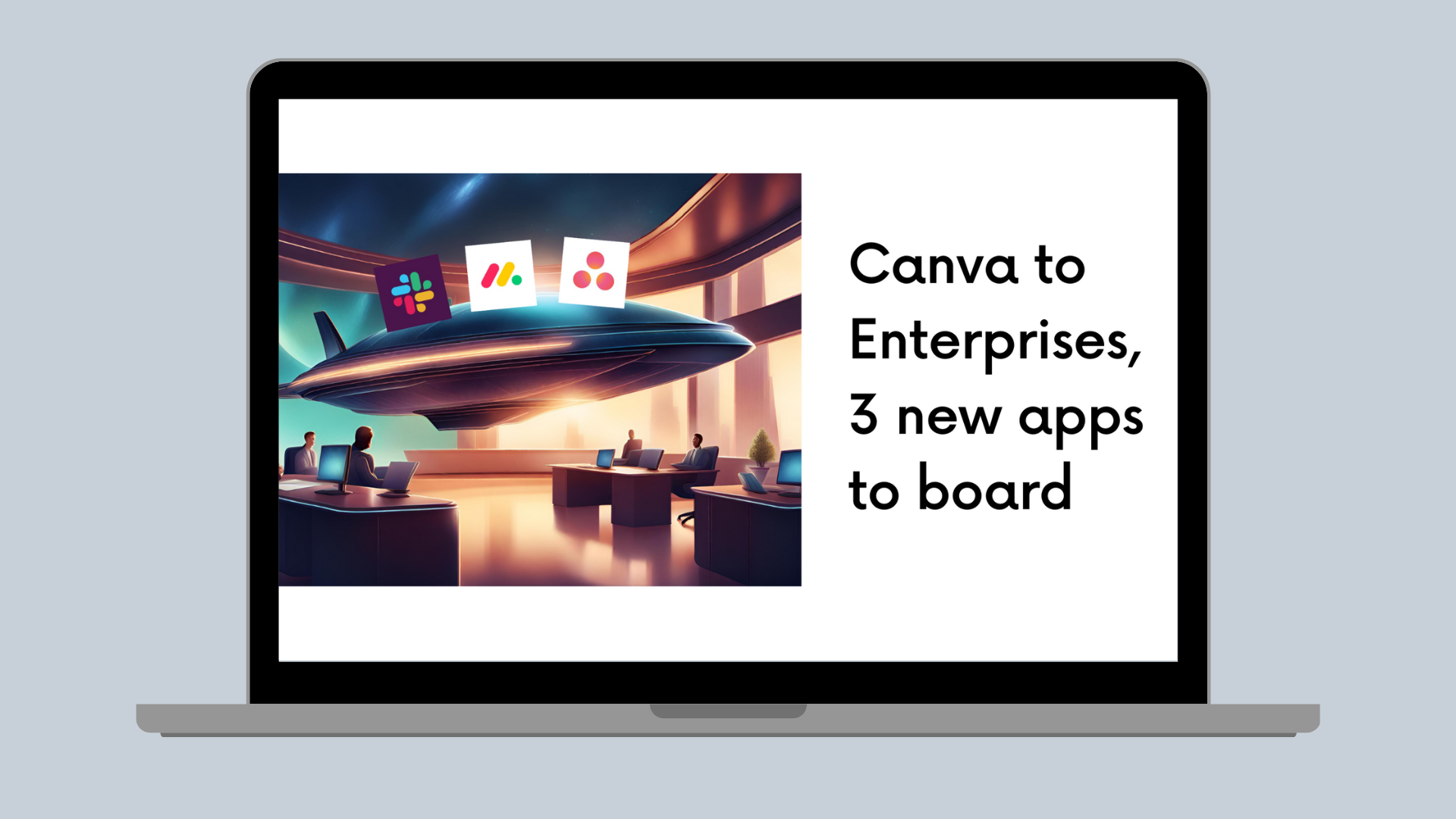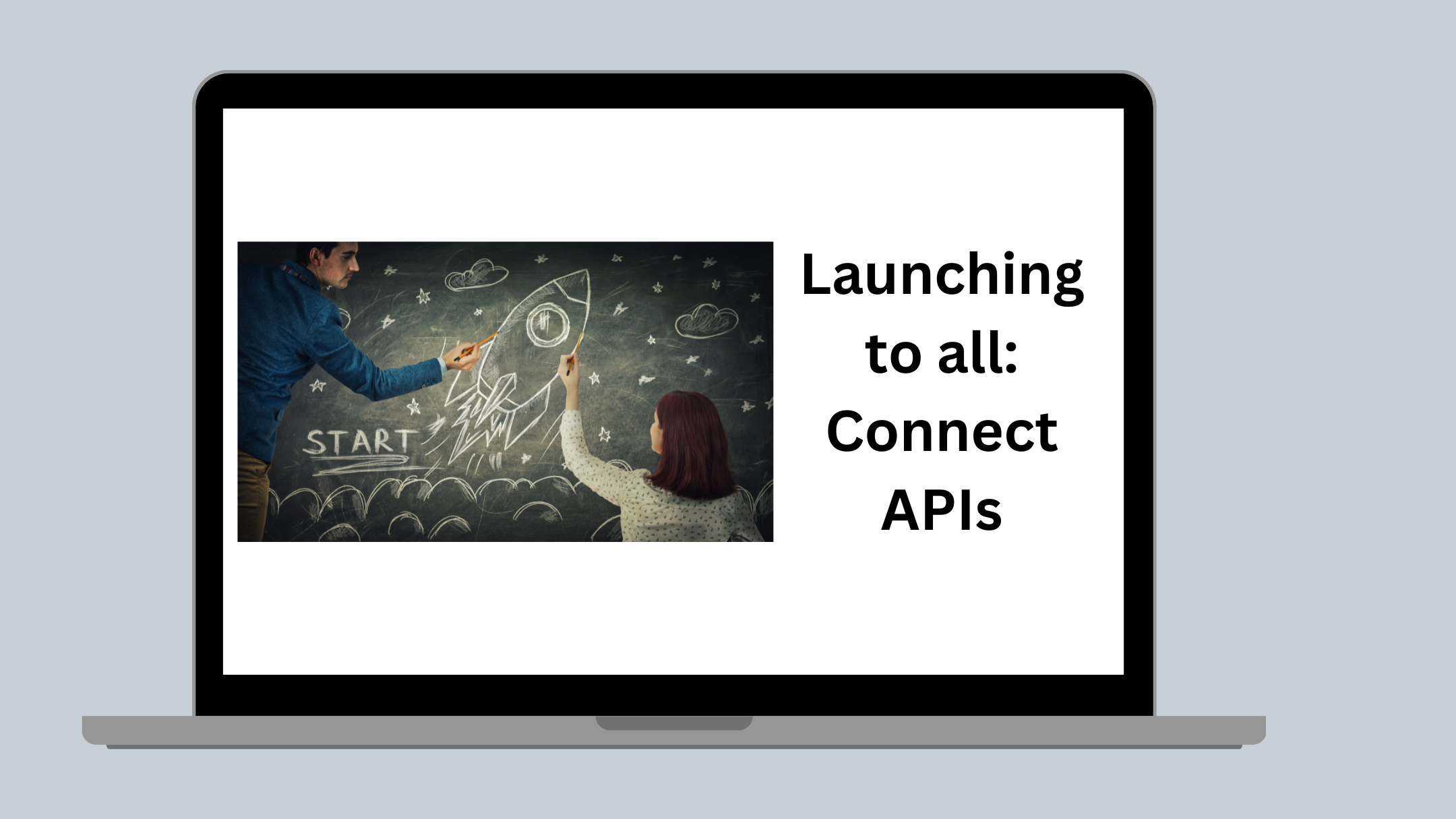Apps SDK
What makes these 3 Canva apps user favorites?
Uncover and apply elements that resonate with users.
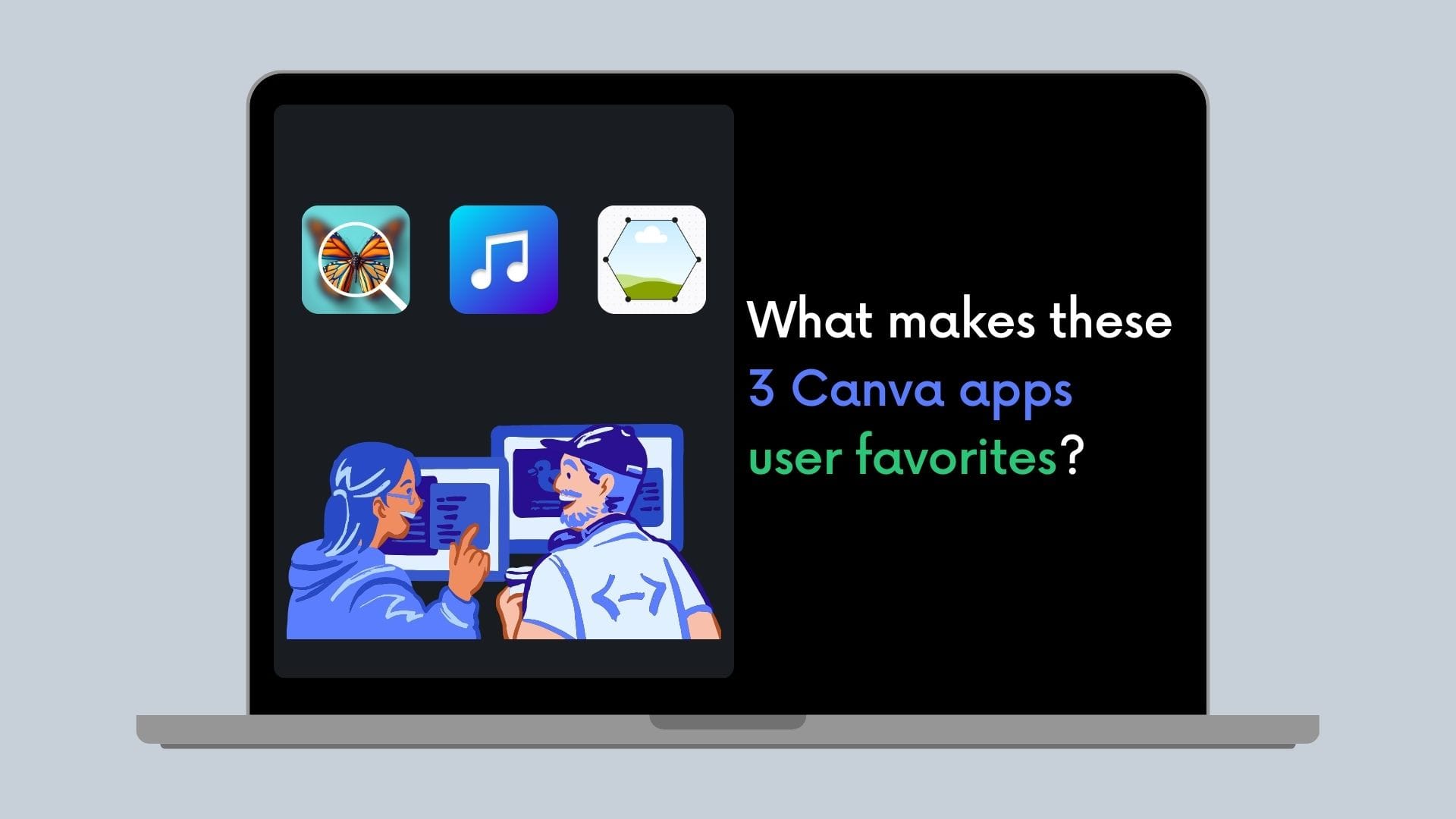
As Canva’s developer community grows, certain Canva apps and integrations stand out for how seamlessly they fit into the design workflow. Below, we’ll explore three popular apps to uncover the design and feature elements that resonate with users and share how you can apply these insights in your own apps and integrations.
1. AI Music
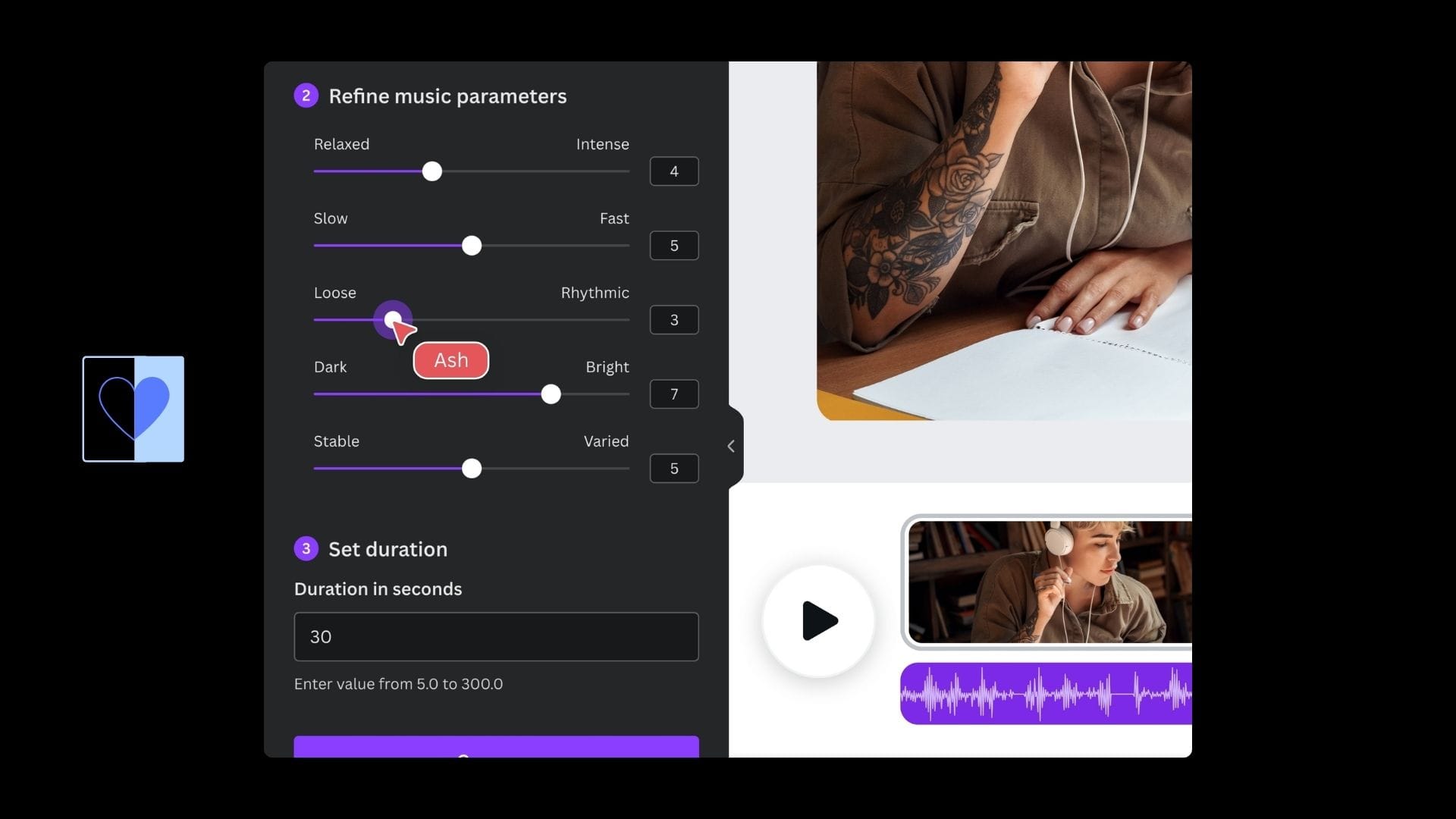
Why it’s successful: AI Music(opens in a new tab or window) keeps things remarkably simple with just a handful of parameter sliders — like tempo or mood — that feel native to Canva’s interface. Users don’t need to climb a steep learning curve; they instinctively understand how to tweak each slider and quickly generate custom, on‐brand music for their designs. The result? A feature that’s powerful yet effortless, enhancing creativity without overwhelming the user.
Key takeaway: Simplicity is king. By mirroring Canva’s UI patterns, your Canva apps create an intuitive experience.
What to apply to your app: Use our UI kit and patterns(opens in a new tab or window) in your Canva apps. Reduce the number of visible controls. If you want to add fine-grain controls, used an advanced settings pattern.
2. Frame maker
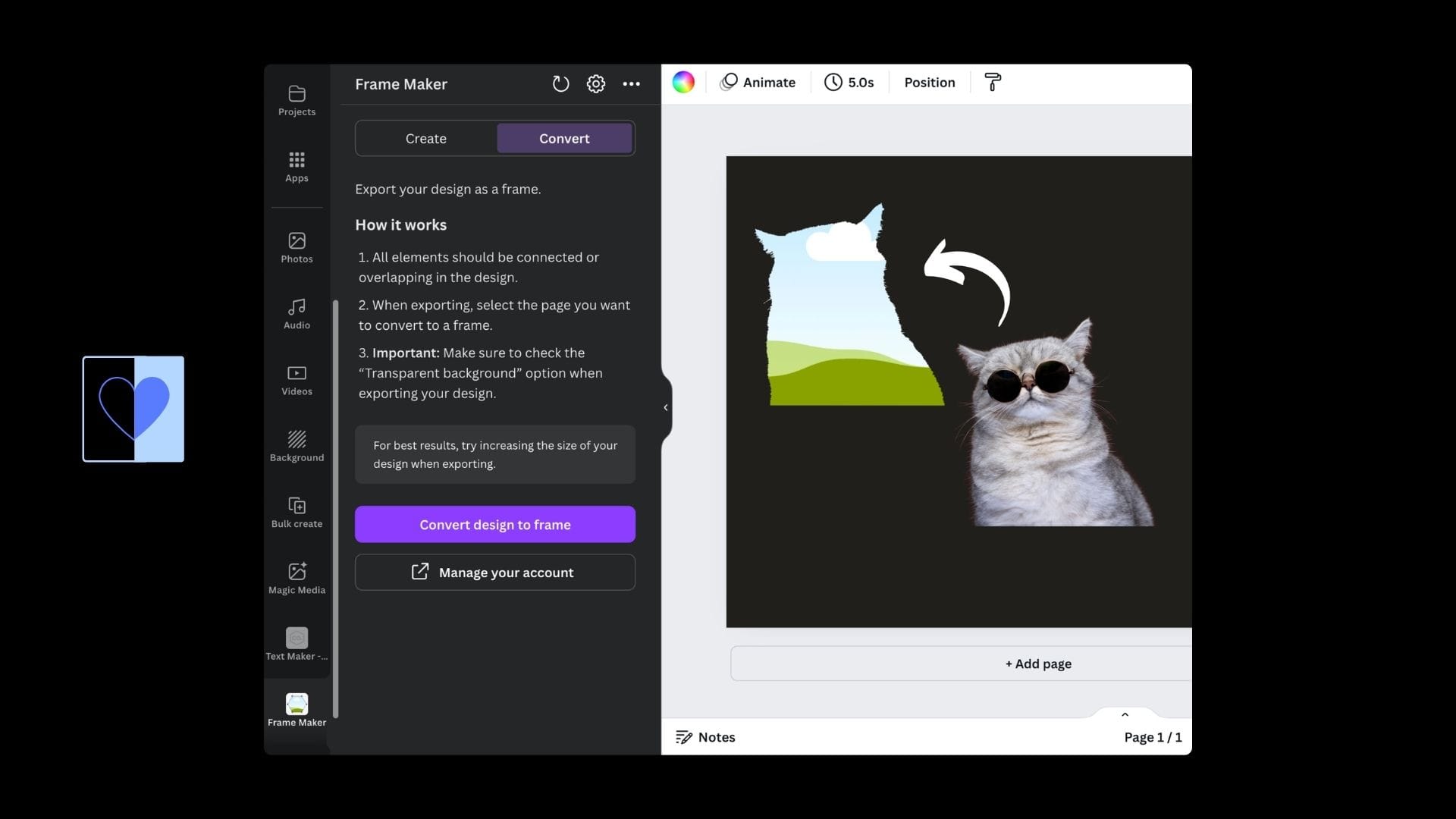
Why it’s successful: Frame Maker(opens in a new tab or window) addresses a delightfully niche yet common desire: creative frames for images. From custom silhouettes to quirky shapes, it helps users instantly transform any photo into something more eye‐catching. The entire process — designing or importing a shape, then converting it into a draggable, resizable frame — feels natural within Canva’s drag‐and‐drop workflow.
What a cool use case for a Canva user — you can quickly craft a personalized shape and turn it into a functional frame, elevating everyday designs into something truly unique.
Key takeaway: When you solve a specific user problem (like improving frames by adding more interesting functionality), your Canva apps not only stand out, but also integrate more smoothly into a user’s creative process.
What to apply to your app: Research user pain points or features they wish they had on Canva by looking at Reddit(opens in a new tab or window) or other user forums. Check Canva’s blogs and media(opens in a new tab or window) for articles on user wishlists.
3. Image upscaler
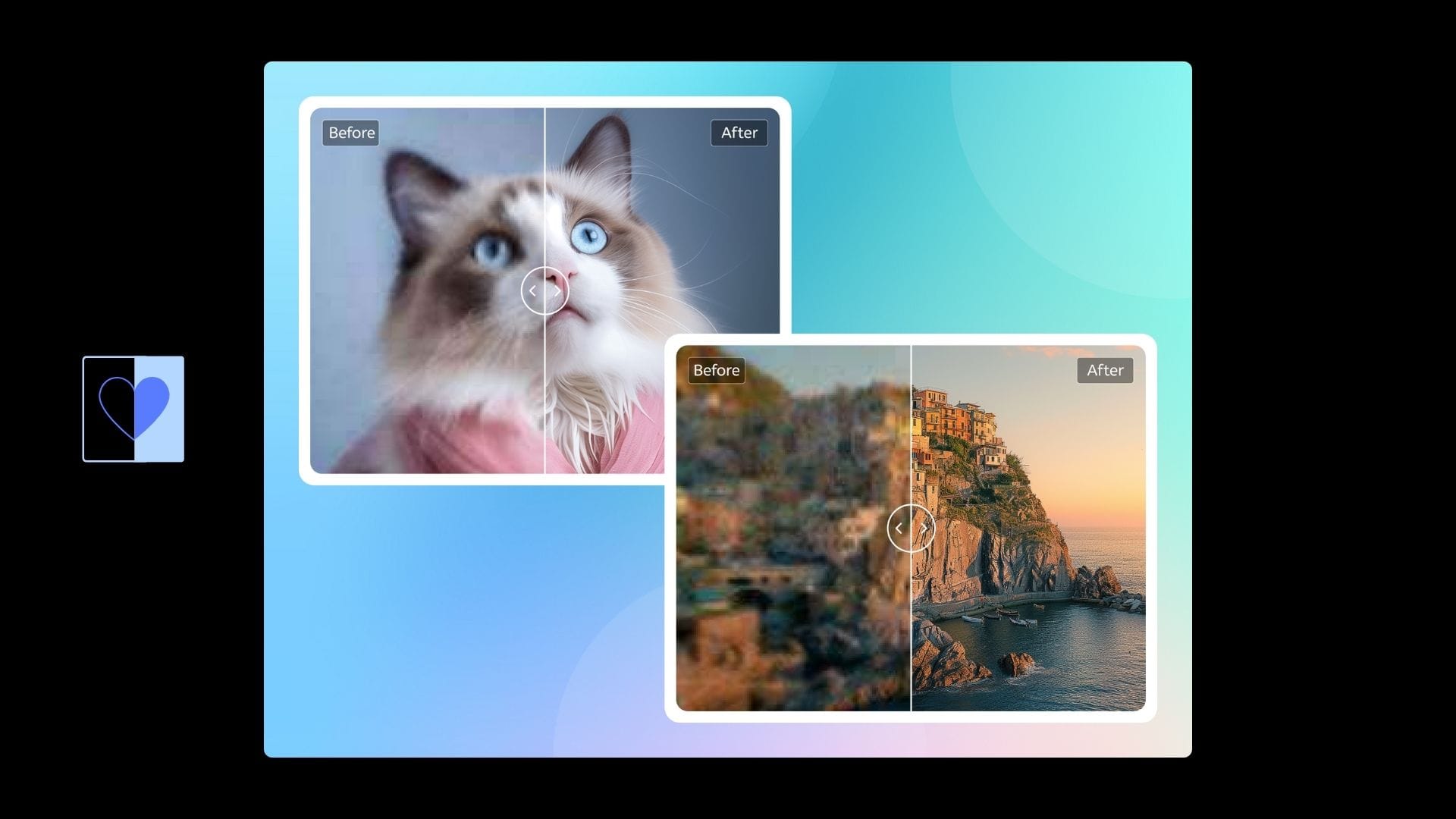
Why it’s successful: Simplicity at its finest in canva apps(opens in a new tab or window): just one click to upscale an image. Users don’t have to fiddle with multiple settings or wait on complicated exports. One tap, and they’re rewarded with a crisper, high‐resolution version that’s instantly ready for their design.
Just one click and you can upscale your image, and watch it transform into a high‐resolution masterpiece!
Key takeaway: When your app does one thing extremely well, it becomes a must‐have.
What to apply to your app: Its ok to launch an app that only has one function - just make sure it does that function better than all the rest.
Making your app stand out
These three apps were all built by developers who leveraged Canva apps APIs to enhance core functionality and solve targeted problems. Despite serving different purposes, they share a few critical traits:
- Simplicity: Each app does one core thing effectively.
- Native Feel: UIs mirror Canva’s style, creating minimal friction.
- Clear Value: They address a well‐defined user need.
Remember, people come to Canva to design. Canva apps should speak directly to a user’s needs, whether it’s a business presentation, social media post, or spreadsheet layout. Before you start coding:
- Understand the job to be done: How will your app fit into a user’s workflow?
- Pinpoint the pain point: Are you saving time? Improving creativity? Quality?
- Match your solution to context: Business presentations, social posts spreadsheets, or docs - know where your app shines.
When you build with these principles in mind, you’ll create an app that not only solves a problem, but becomes an indispensable part of the Canva design journey.
